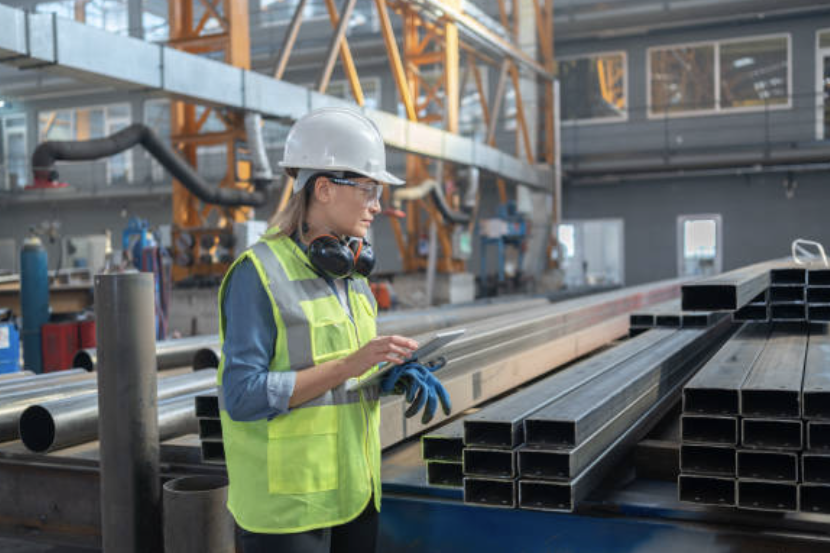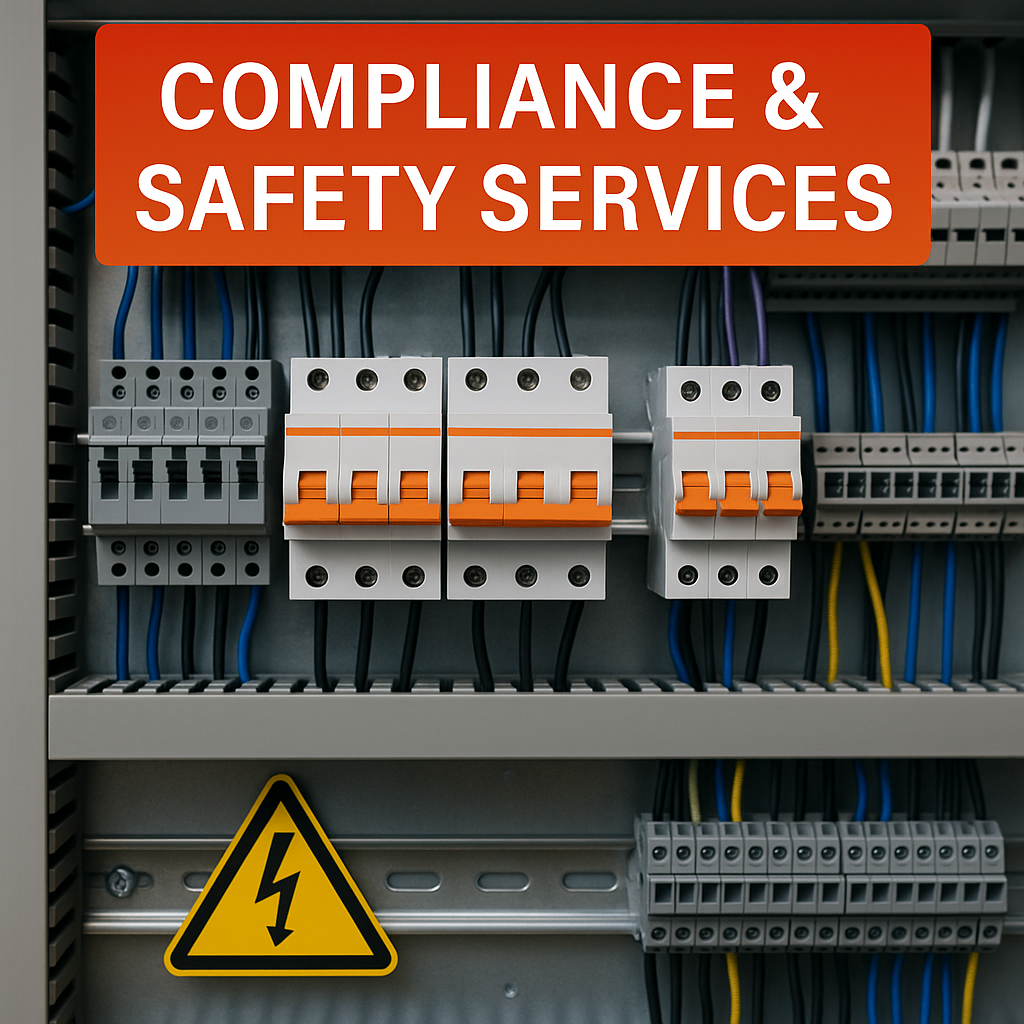
Posted on Wednesday, April 17, 2024
The U.S. steel and fabrication industry, once dominated by men, is witnessing a transformative shift as women break barriers and establish their presence. From leadership roles to hands-on fabrication work, women are reshaping the industry, bringing diverse perspectives, innovation, and leadership. This blog explores the role of women in transforming the steel and fabrication industry, highlights their contributions, and addresses the challenges and opportunities they face.
Women play a critical role in modernizing and diversifying the steel and fabrication industry. They contribute at all levels, from engineering and manufacturing to executive leadership and entrepreneurship. Their presence fosters innovation, improves workplace culture, and promotes gender diversity, which is proven to enhance organizational performance.
Despite their growing presence, women in the steel and fabrication industry face unique challenges:
Increasing the representation of women in the steel and fabrication industry isn’t just about equality—it’s about growth. Diverse teams are better at problem-solving, innovation, and adapting to market changes. Women bring fresh perspectives, empathy, and collaboration, enhancing workplace dynamics and fostering innovation.
Women face challenges such as gender bias, underrepresentation, and balancing work-life demands. However, increasing support systems and advocacy are helping overcome these hurdles.
Women contribute to innovation, improved workplace culture, and leadership diversity. Their presence strengthens team performance and drives the industry toward a more inclusive future.
Yes, programs like Women in Manufacturing (WiM) and Women of Steel provide resources, mentorship, and advocacy for women in the industry.
Q: What steps can companies take to promote gender diversity in the steel and fabrication industry?
A: Companies can implement diversity hiring practices, provide mentorship programs, and establish policies supporting work-life balance. Offering scholarships and training programs for women in STEM fields also helps.
Q: How can women interested in steel and fabrication start their careers?
A: Women can start by pursuing technical education in fields like welding, mechanical engineering, or materials science. Joining industry organizations and attending workshops or trade shows are great ways to network and learn about opportunities.
Q: Is the industry adapting to support women better?
A: Yes, the industry is making strides through policy changes, support networks, and increasing awareness about gender diversity benefits.
Women are playing a transformative role in the U.S. steel and fabrication industry. As they continue to break barriers and innovate, their contributions are reshaping the future of the industry. By fostering an inclusive culture and providing opportunities, the sector can unlock the full potential of a diverse workforce. Embracing gender diversity isn’t just a step toward equality—it’s a path to greater innovation, growth, and success.
Are you a woman aspiring to enter or grow in the steel and fabrication industry? Connect with organizations like Women in Manufacturing or explore mentorship programs to begin your journey today!

Flying Shear Setup: Why It’s the Hardest Part of Roll Forming Machine Installation
Posted on Monday, November 24, 2025
If you want a header image, meta description, or series continuation, just tell me.

Why Proper Roll Forming Machine Setup Determines Your Production Quality
Posted on Monday, November 24, 2025
The #1 factor that decides accuracy, scrap rate, speed, and consistency.

Compliance & Safety Services for Roll Forming Machines — Full Guide
Posted on Sunday, November 23, 2025
How Machine Matcher keeps your machines safe, legal, and fully compliant with CE, UL, and UKCA standards.

Machine Health Monitoring for Roll Forming Machines — Complete Diagnostic Service Guide
Posted on Sunday, November 23, 2025
Continuous diagnostics that prevent breakdowns, reduce downtime, and extend machine life.
Copyright 2025 © Machine Matcher.